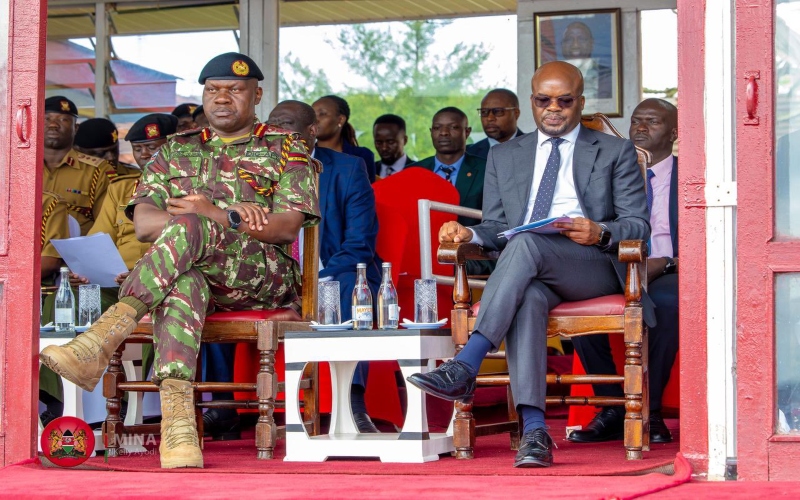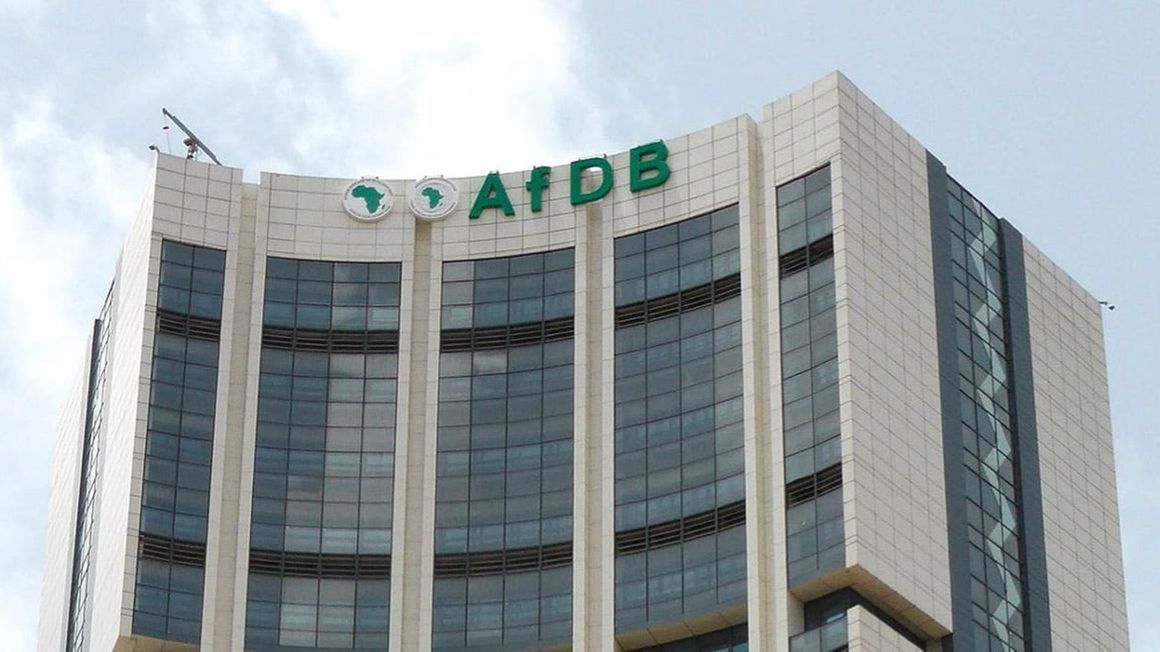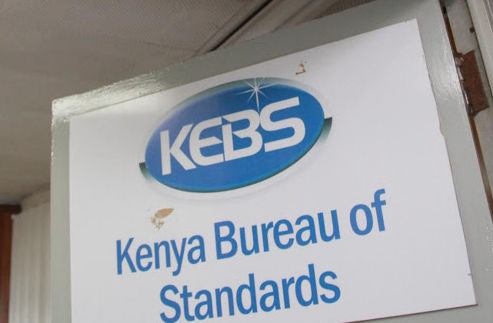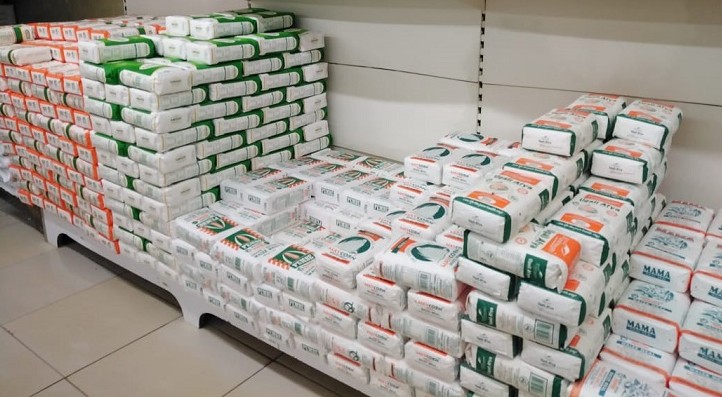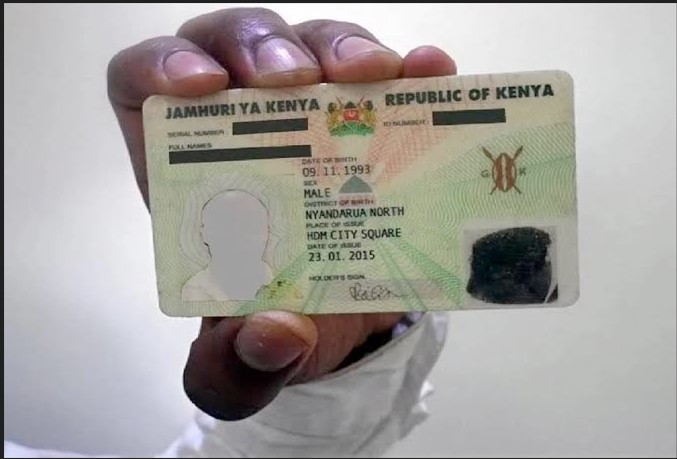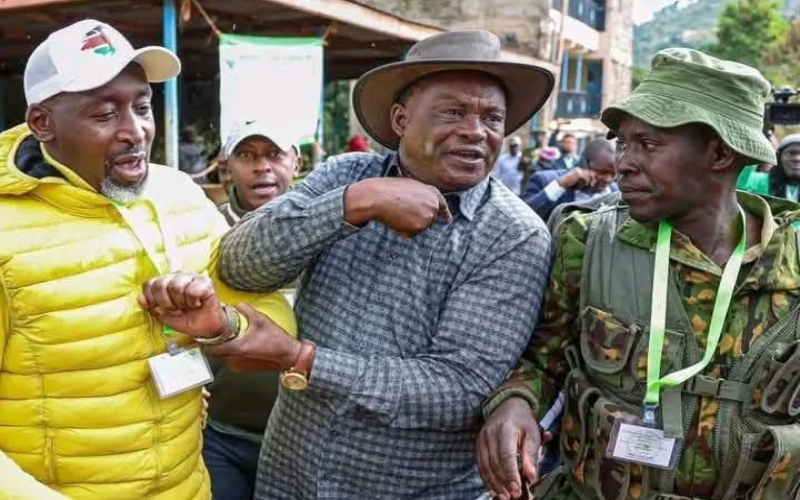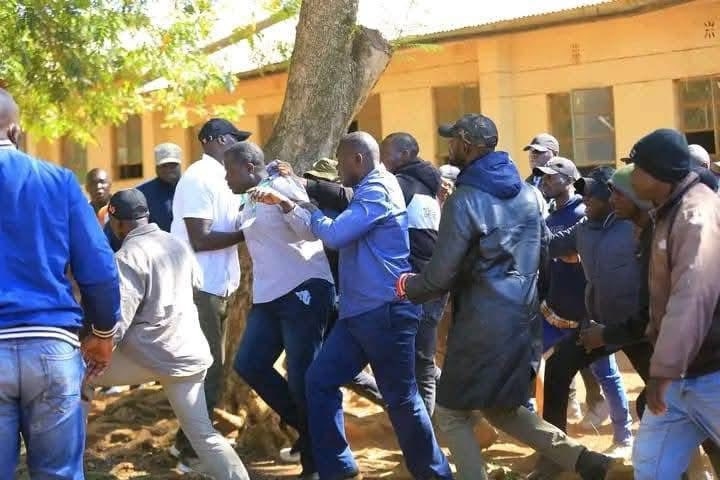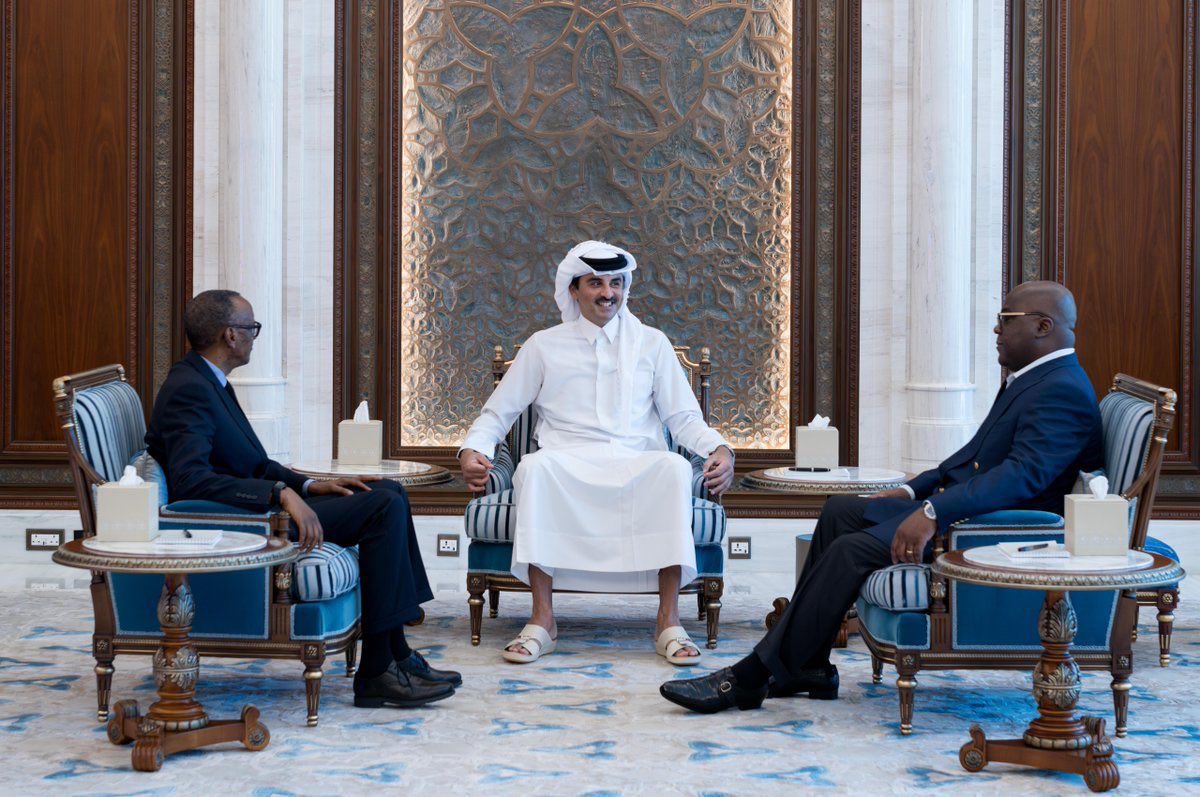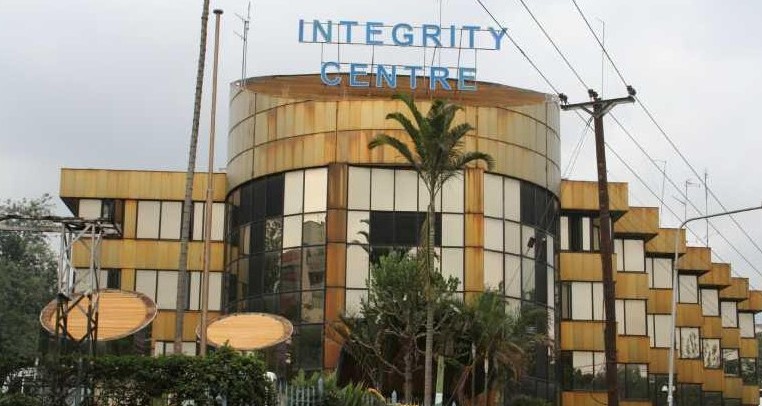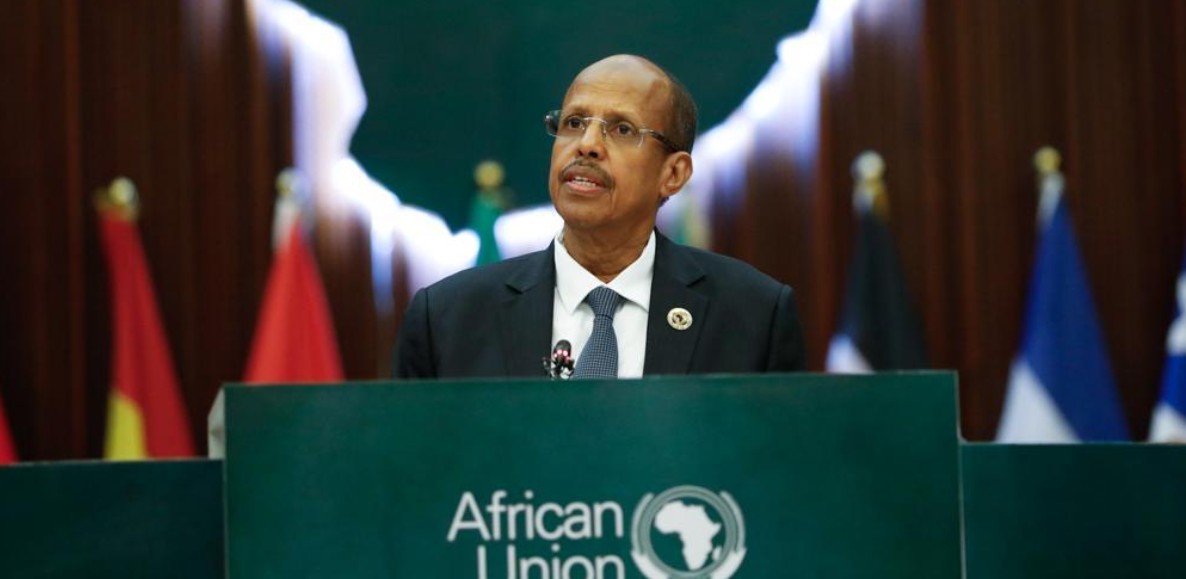Kenya to raise Sh390 billion bond for Naivasha–Malaba SGR extension
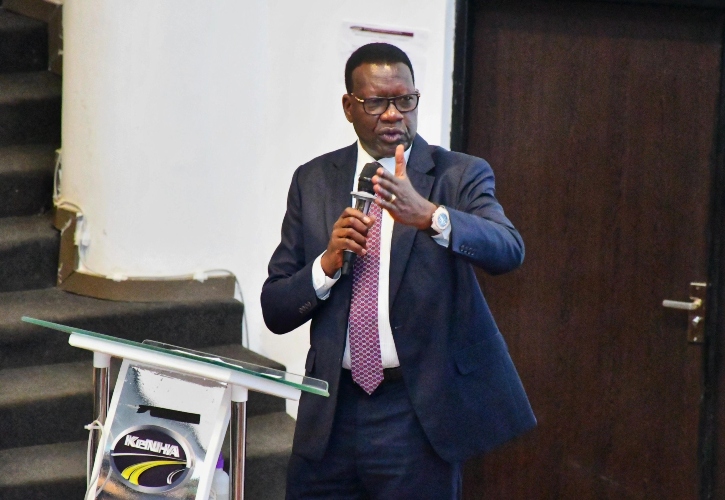
This approach is part of a wider strategy to fund infrastructure projects through public-private partnerships and securitisation, amid growing concerns over the country’s debt levels.
Kenya is set to raise Sh390 billion through a 15-year bond to finance the extension of the Standard Gauge Railway (SGR) from Naivasha to Malaba, a move reflecting China’s hesitancy to support the project.
The government plans to use revenues from the Railway Development Levy (RDL), a 2 per cent charge on imported goods, to repay investors.
More To Read
- SGR extension to Kisumu, Malaba set for January launch - Ruto
- Kenya Railways banks on property sales to settle Sh2.26 billion pension debt
- Senate summons CS Chirchir over 13-year road functions deadlock
- CS Chirchir grilled over Sh10.52 billion fuel levy funds delay, new securitisation plan
- MPs push back against Sh10 million road fund cut per constituency
- Auditor General warns Kenya Railways’ Sh569 billion loan default could burden taxpayers
This approach is part of a wider strategy to fund infrastructure projects through public-private partnerships and securitisation, amid growing concerns over the country’s debt levels.
Roads and Transport Cabinet Secretary Davis Chirchir said officials are evaluating whether to issue a bond or seek loans from development banks, both expected to mature in 15 years.
“We have a good stream from the Railway Development Levy, which is ring-fenced to build the railway. But if you look at it from a cashflow perspective, it’s not enough to build the railway in two or three years,” he told reporters on Friday.
The existing SGR line currently ends in Naivasha, 468 kilometres short of the Uganda border, due to financing constraints.
Kenya had earlier explored support from the United Arab Emirates to complete the regional railway before reviving discussions with China during President William Ruto’s visit in April.
The plan to rely on bond financing signals Beijing’s cautious stance, as it seeks to ensure Kenya can manage debt and that the extension generates sufficient revenue.
The proposed SGR expansion involves issuing two bonds that could raise $3 billion (Sh387 billion).
“We will basically look at financial markets and the available instruments, leveraging, of course, on the (RDLF) revenues. A railway should attract long-term borrowing, and we’re looking at a 15-year facility; the 2 per cent RDLF charge is sufficient to support us,” Chirchir said.
The Naivasha–Malaba phase will pass through Narok, Bomet, Nyamira, Kisumu, and Busia counties.
Feasibility and environmental assessments have been completed, and Kenya has pledged to coordinate the project with Uganda and South Sudan, linking the East Africa Rail Corridor.
Uganda is expected to fund the 272-kilometre stretch to Kampala, while South Sudan will extend the line from its border to Juba, ensuring inland countries gain access to the port of Mombasa.
Exim Bank of China, which funded 90 per cent of the $3.6 billion Mombasa–Naivasha section, withdrew from the next phase due to debt and revenue concerns.
During President Ruto’s visit, the bank reportedly agreed to participate if Kenya covers 30 per cent of the costs.
Kenya aims to involve the private sector in freight operations and related infrastructure, reducing dependence on foreign loans.
“We are securing railway development revenue of about Sh40 billion every year, and so we have a good stream of development levy which is ring-fenced to build the railway, but if you look at that funding from a cash perspective, it is not enough to build the railway in two or three years,” Chirchir said.
The SGR extension is expected to increase trade along the Northern Corridor and support Special Economic Zones and logistics hubs. Rail transport has eased road congestion and accidents, with last month’s freight haul reaching 640,000 metric tonnes—the equivalent of removing 23,000 trucks from highways.
Officials from Uganda and South Sudan said the infrastructure will reduce business costs and improve competitiveness. The Nairobi meeting was attended by Principal Secretary Mohamed Daghar and Kenya Railways Managing Director Philip Mainga.
Top Stories Today

